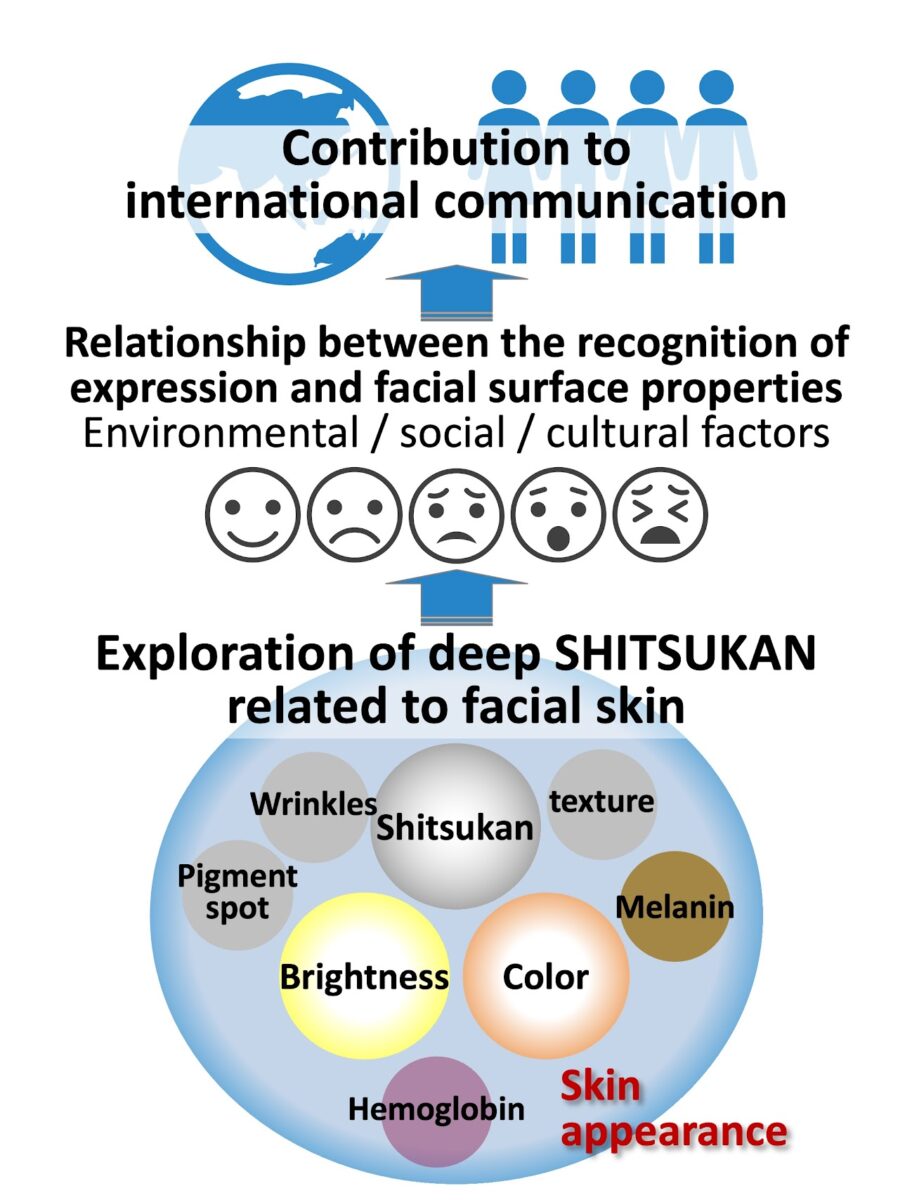D02-3 International communication and the recognition of facial surface properties

Facial color and surface properties play a significant role in important judgments such as age, health, and aesthetics, and are also important for social communication. However, the conventional findings of color science often do not apply to the recognition characteristics of facial color, such as the influence of facial hue on the perception of skin lightness. This is due to some sort of visual compensation mechanism, which may have functional significance. Since different races and cultures have different ways of showing facial expressions and changing facial color, international, environmental, and cultural differences may also affect the relationship between facial color and surface properties recognition and emotion recognition. In this study, we will examine the factors that contribute to the mechanism of face-specific color and surface properties recognition in terms of environmental factors (perceptual characteristics according to the skin tone distribution of each race), social factors (perceptual characteristics that favor emotional recognition), and cultural factors (effects of makeup, preferences, etc.). By clarifying the factors involved in facial color recognition characteristics, we aim to understand the mechanisms of facial color and texture recognition and contribute to global communication and industries.
